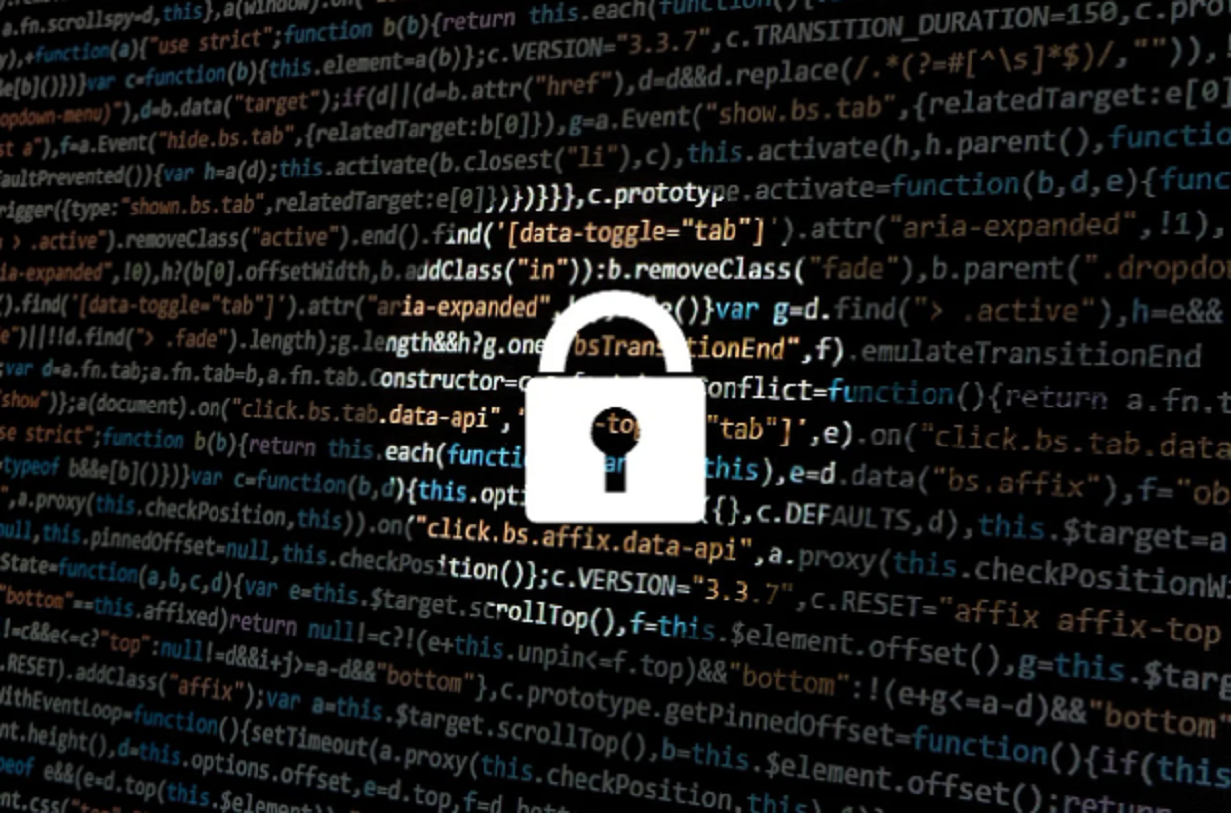Identity security (also known as identity governance and identity management) protects against the cyber threats associated with providing technology access to a diverse workforce.
What are some of the key characteristics of an effective approach to identity security?
Centralized identity management: Agencies need a strong understanding of users’ responsibilities and authorities. “Centralized identity management is an ability to verify those users’ identities when they attempt to access the system,” said Kenneth Myers, Director of Identity Assurance and Trusted Access Division for the General Services Administration Office of Government-wide Policy.
A user-centric model supporting zero trust: In zero trust, the focus shifts from the physical perimeter to data, devices and users themselves. “Is Frank suitable for the access that he’s trying to use?
Is he really a privileged user?” Briguglio said. “All of this comes from a very mature identity ecosystem.”
A risk management approach: IT leaders need to know what the threats are and where they come from. This applies to identity management, too: understanding how personal attributes are assigned and validated. “It all comes down to risk management,” Nielsen said.
Unmatched intelligence: Leverage artificial intelligence and machine learning to provide 360-degree visibility, insight and remediation solutions you can adapt and ensure the security of every identity.
Comprehensive integration: Extend your ability to embed identity context across your hybrid environment and centrally manage and control access to all data, applications, systems and cloud infrastructure — for all identity types.
Download this e-book to get more information on identity security, including the key characteristics and best practices.





Leave a Reply
You must be logged in to post a comment.